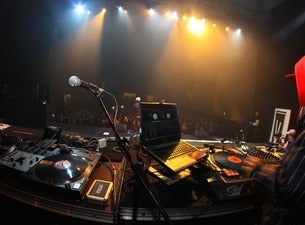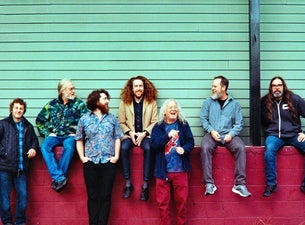Exhibition - Vision and Process: Art Inspired by Science
Dorothy and Charles Mosesian Center for the Arts
321 Arsenal Street, Watertown, MA 02472
Event details are subject to change. Before attending, please check with the organization to confirm.
Other Events You May Like
-
Featured AARP Event
Try a Zumba Gold Class for Fitness and Brain Health
Our Zumba Gold classes offer a lower-intensity variation of the popular Zumba dance exercise program that is designed for older adults.Wednesday, Nov 20, 202411:00 a.m. ET • 10:00 a.m. CT • 9:00 a.m. MT • 8:00 a.m. PT
Zoom, Online Event
-
Wiley From Atlanta, Conswank
Attend the Wiley From Atlanta, Conswank event in Cambridge, MA at the Middle East- Upstairs, in Cambridge located at 480 Massachusetts Ave.Sunday, Nov 17, 2024 at 7:00 p.m. ETMiddle East- Upstairs, Cambridge, MA
-
An Evening With Railroad Earth
Attend the An Evening With Railroad Earth event in Boston, MA at the The Wilbur, in Boston located at 246 Tremont St..Sunday, Nov 17, 2024 at 8:00 p.m. ETThe Wilbur, Boston, MA
-
Dedham Senior Center Exhibit - Alex Cullen
Showcasing the artworks of the Dedham Art Association member artist: Alex Cullen Join us for an inspiring showcase of Alex Cullen latest works “Family Pictures”, celebrating his unique vision and artistic talent.Monday, Nov 18, 2024 at 8:30 a.m. ETAmes Senior Center, Dedham, MA
AARP Events for Watertown
-
Featured Event
Become a Literacy Tutor - Virtual Info Session!
Tuesday, Nov 19, 2024 at 2:00 p.m. ET
Zoom
Online Event
-
Featured Event
The 6 Pillars of Brain Health
Tuesday, Nov 19, 2024 at 7:00 p.m. ET
Zoom
Online Event
-
Featured Event
Webinar: Medicare 101
Thursday, Nov 21, 2024 at 6:00 p.m. ET
Zoom
Online Event

Only $12 your first year with Automatic Renewal
- Immediate access to your member benefits
- Discounts on travel and everyday savings
- Subscription to AARP The Magazine
- FREE second membership
Join AARP
Already a member? Renew or
Print Card



